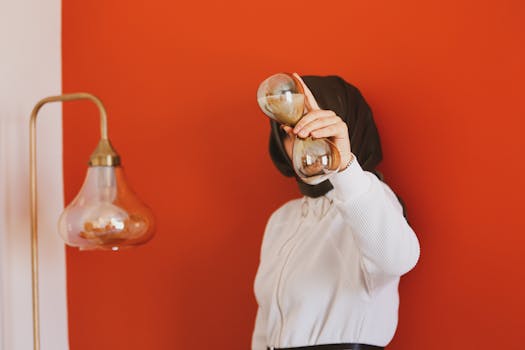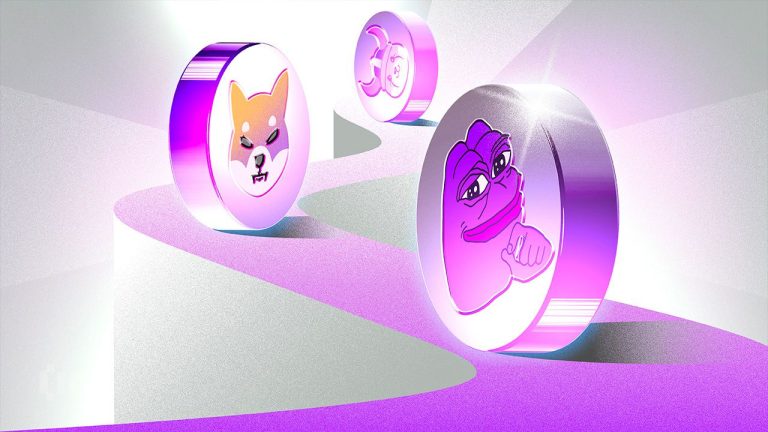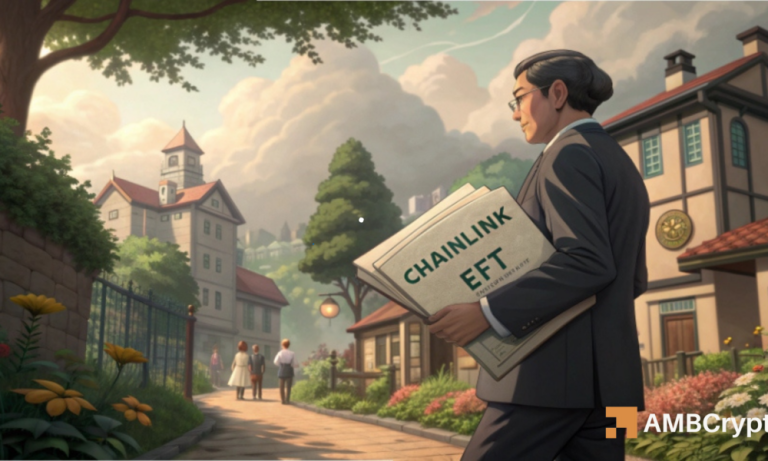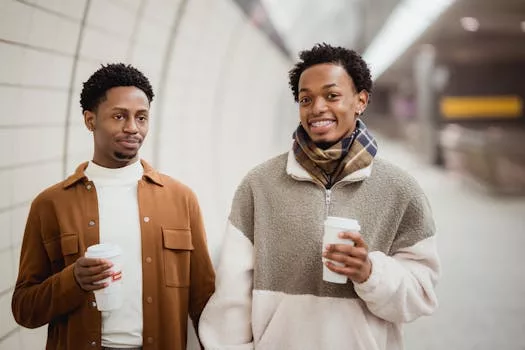
The Intersection of Fashion and Art: A Creative Dialogue
Takeaways:
- The synergy between fashion and art creates a rich tapestry of cultural expression.
- Fashion designers often draw inspiration from various art movements, leading to innovative collections.
- Art plays a significant role in fashion marketing and branding, influencing consumer perceptions.
- Collaborations between artists and fashion designers yield unique, boundary-pushing creations.
The realms of fashion and art have long been intertwined, each influencing the other in a dialogue that reflects cultural and societal shifts. From the vibrant colors of a painting to the intricate patterns of a garment, the relationship between these two disciplines is a fascinating exploration of creativity and expression. This article delves into the intersection of fashion and art, highlighting how they inspire each other and contribute to cultural narratives.
Fashion as Art: A Canvas for Expression
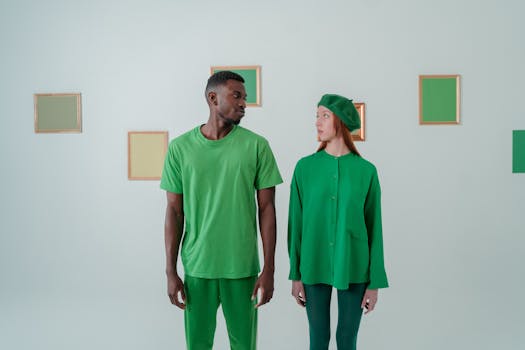
Many renowned fashion designers, such as Alexander McQueen and Yves Saint Laurent, have drawn inspiration from art movements. For instance, McQueen’s collections often referenced surrealism and romanticism, creating pieces that challenged traditional notions of beauty and form. Similarly, Yves Saint Laurent famously launched a collection inspired by Piet Mondrian’s geometric paintings, blurring the lines between wearable art and high fashion.
The dialogue between fashion and fine art is not one-sided; artists, too, have looked to fashion for inspiration. The vibrant colors and dynamic forms in the works of artists like Andy Warhol and Jean-Michel Basquiat have influenced fashion trends, resulting in collections that celebrate bold expression and individuality. The cyclical nature of these inspirations showcases the ongoing conversation between the two fields.
The Role of Art in Fashion Marketing
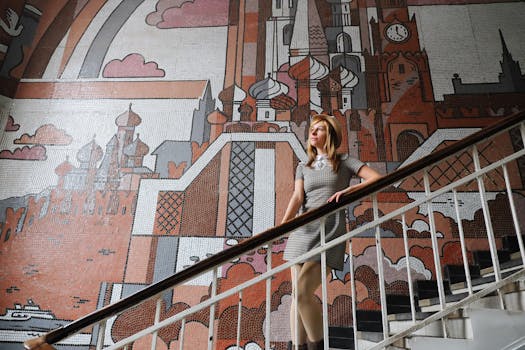
Consider the collaboration between Gucci and artist Ignasi Monreal, which resulted in a visually stunning campaign that seamlessly blended the worlds of fashion and art. Such partnerships not only elevate the brand’s aesthetic but also foster a sense of cultural relevance, allowing them to connect with diverse audiences.
Moreover, art installations and exhibitions have become a popular means for fashion brands to engage with their consumers. For instance, the Louis Vuitton Foundation in Paris regularly hosts exhibitions that celebrate the intersection of fashion and contemporary art, allowing visitors to experience the synergy between these creative realms. These events transform the shopping experience into an immersive cultural journey, enriching consumer interaction with the brand.
Collaborations: Pushing Creative Boundaries
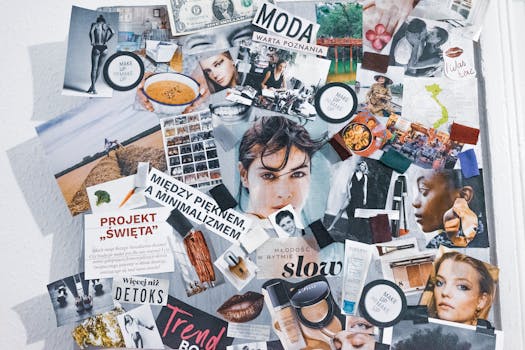
One notable example is the collaboration between fashion designer Rei Kawakubo of Comme des Garçons and artist Andy Warhol. This partnership resulted in collections that fused high fashion with pop art, creating pieces that were not only wearable but also thought-provoking. Such collaborations emphasize the idea that fashion is not merely about clothing; it is a form of artistic expression that can communicate powerful messages.
Additionally, the rise of streetwear has further blurred the lines between fashion and art. Brands like Off-White and Supreme often incorporate artistic elements into their designs, drawing from graffiti, contemporary art, and urban culture. This fusion has democratized fashion, making it more accessible and relatable to a broader audience.
Conclusion
